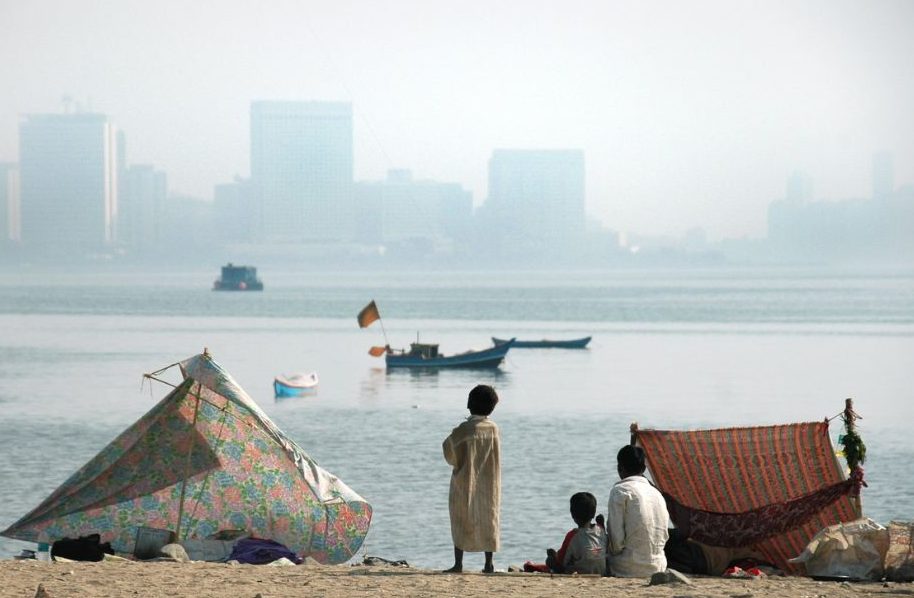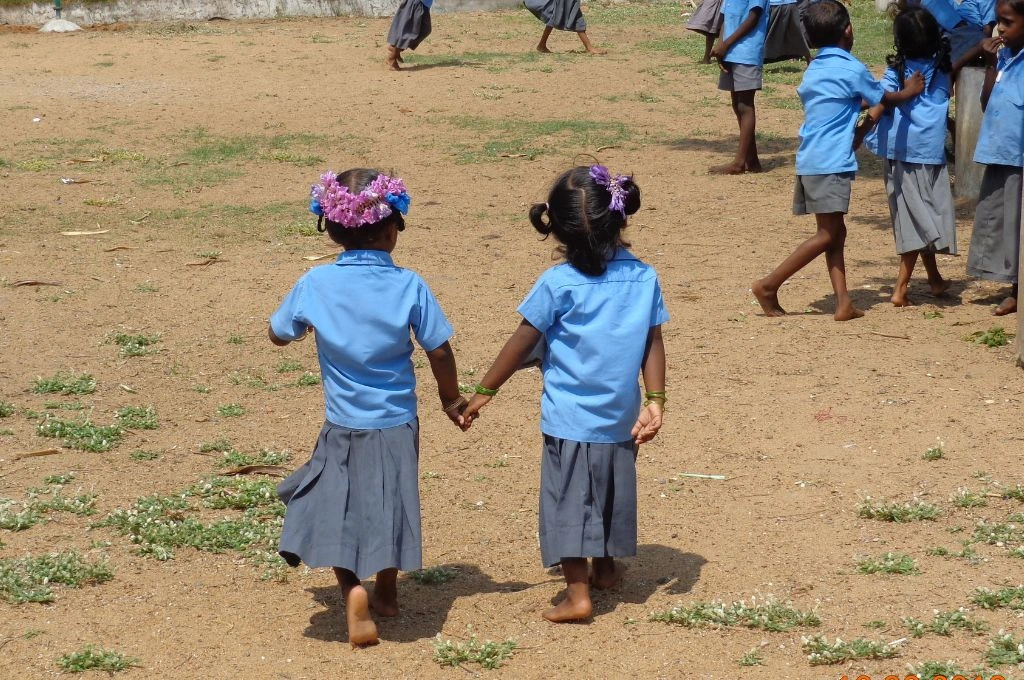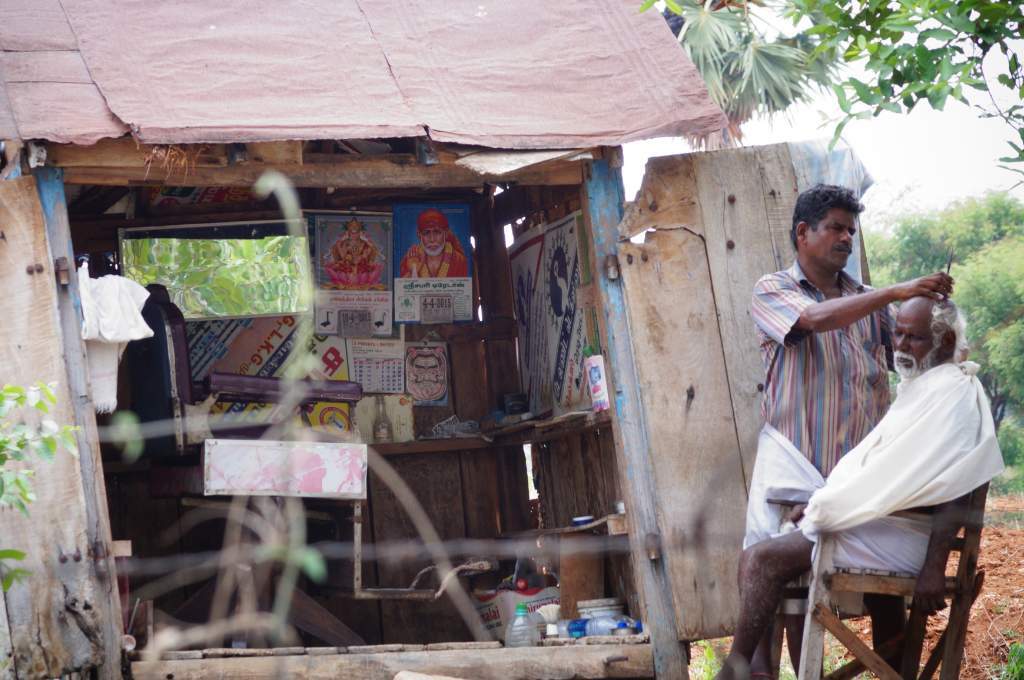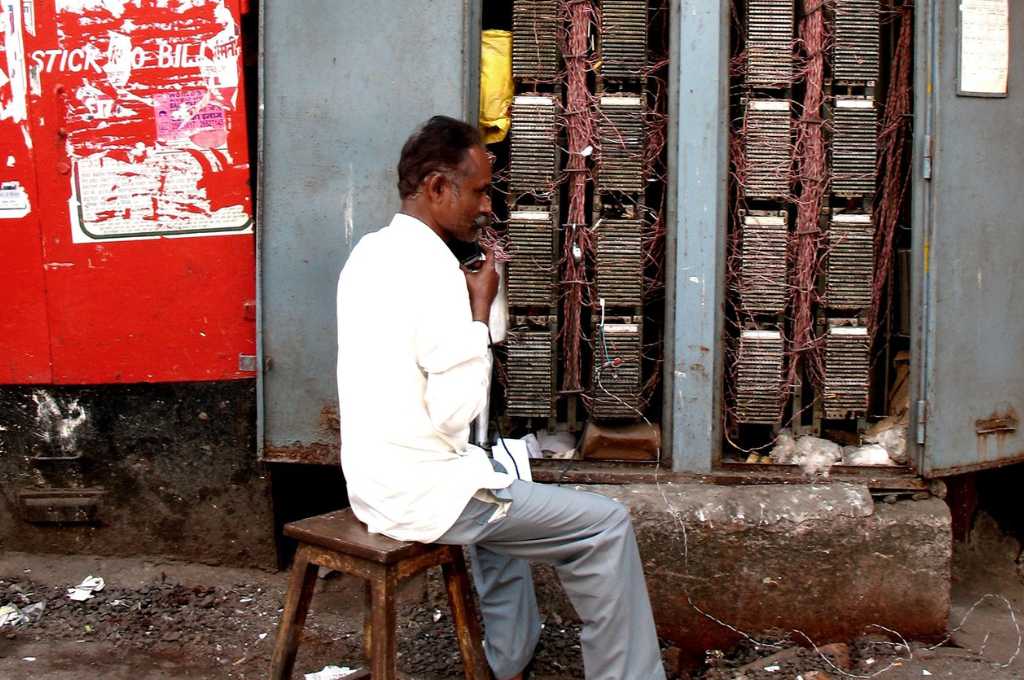Oxfam’s report ‘Inequality Kills 2022’ and its India supplement (hereafter referred to as the report) revealed some shocking facts about the growing gap between the rich and poor. India, which has the third highest number of billionaires in the world, endured one of the longest-lasting COVID-induced lockdowns in 2020. Yet, the same year, the top 10 percent of India held close to 45 percent of the country’s total national wealth. Concurrently, the number of billionaires in India rose from 102 to 142, while the bottom 50 percent of the population held a 6 percent share in the nation’s wealth. The unemployment rate (which was at 4.7 percent in 2017–18 and 6.3 percent in 2018–19) became 9.1 and 7.9 percent in December 2020 and 2021 respectively.
The myth of development by privatisation
Why does the wealth of a few continue to grow against this backdrop? One reason is privatisation. This article specifically looks at the deteriorating state of basic services and state-owned utilities—including education and healthcare—due to privatisation. Take for example the Aatmanirbhar Bharat package and the four-year national monetisation pipeline. Such policies reduce state ownership and control by selling central public sector enterprises to private sector businesses. This results in the state relinquishing decision-making roles (as it no longer holds majority share), abandoning price control, the social mandate of employing the masses, and operating in areas and sectors in which the private sector is unwilling.
One frequently cited motivation to privatise is efficiency—the quality of services offered and the government’s fiscal resources to expand public expenditure are expected to improve. However, this assumption is flawed on two counts: private services are as much liable to be misapplied as public-funded services, and they’re prone to applying commercial value on social services, leading to exclusion of the ‘have-nots’. For instance, while globally the ten richest men doubled their fortunes during the pandemic, the incomes of 99 percent of humanity fell; and the richest 98 Indians own the same wealth as the bottom 55.2 crore Indian citizens. This gap has increased over the last decade, as the bottom 50 percent, that held 8 percent of the wealth in 2012, had a mere 6 percent in 2021.

Recourse to private healthcare as the ‘last resort’
India has one of the highest levels of out-of-pocket expenditure (OOPE) on health services in the world and the lowest public health spending. OOPE is a major financial burden on Indian households, which spend 43 percent of their total expenditure on pharmacies, 28 percent on private general hospitals, and 7.42 percent on government hospitals. And the private sector dominates healthcare provision, with around 74 percent of outpatient care and 65 percent of hospitalisation care in urban India.
The National Education Policy (NEP) 2020, which encouraged states to incentivise private/philanthropic activity, failed to crowd out the private sector.
As we saw during the second wave of COVID-19, India’s public health system fell short due to issues of governance and regulatory failure, such as shutdown of elective and outpatient services or indefinite deferring of routine check-ups. In fact, the public hospital systems in many states were overrun during COVID-19. Those who turned to private hospitals faced problems ranging from non-treatment to swindling. The private health market also carries the risk of overprescription and unchecked selling of drugs, which promotes unnecessary drug use. In response, the government enforced price capping, allotment of beds and so on, but the issues persisted nevertheless. The inaccessibility to public services caused OOPE to increase further, leaving many people untreated because costs and lack of health insurance rendered both private and public healthcare inaccessible.
The quandary of education
India has both private and public education providers. In fact, private schools continue to grow as income levels go up. The pandemic saw private schools impose arbitrary fee hikes and grossly overcharge students, with some enrolling in unrecognised institutions. The report notes that in tertiary education, private institutions are almost twice that of government institutions, and in higher education, public-funded education sees only 32 percent enrolment whereas its private counterparts see 68 percent enrolment.
The National Education Policy (NEP) 2020, which encouraged states to incentivise private/philanthropic activity, proved redundant, as it failed to crowd out the private sector. The report iterates that 35 percent children still couldn’t continue their education over non-payment of fees and 57 percent parents paid additional charges that were not part of the official break-up.
Privatisation also results in the exclusion of marginalised communities, Dalits, Adivasis, and girls because private schools are generally established in places that have good public infrastructure. When society is fractured along different social identities of caste, gender, geography, and religion, marketisation of education widens these gaps.
Privatising public goods
India’s expenditure on social security schemes for workers is already low at 0.6 percent of the total union budget. These schemes cover a diverse workforce in the organised and informal sectors. The pandemic affected informal and migrant workers most severely, and the absence of social security for them was more glaring than ever. By privatising public goods such as education, healthcare, social safety, food, and drinking water, the precarities that certain segments face are deepened.
With privatisation, the state eventually loses ownership and control, making the question of public interest non-existent.
Even as the extent of public crowdsourcing of financial support and information on oxygen, hospitals, and doctors on social media was exemplary during the pandemic, this temporary social vine was born out of the absence and abandonment of state infrastructure. A significant population of this country undertook medical debt, suffered from loss of loved ones, reported lower intake of food than before the pandemic, walked the length and breadth of the country to feel ‘at home’, and lost their livelihoods. The private sector functions on a rationalising mechanism that demands value for its services, in contrast to well-being and welfare as outcomes.
The way forward
As we’ve already emphasised, public financing cannot be supported by increasing privatisation of state enterprises. Here are some ways to pursue more equitable development.
1. Increase state expenditure
With privatisation, the state eventually loses ownership and control, making the question of public interest non-existent. Taking the example of health, the report, following the Economic Survey 2020-21 argues for an increase in public spend from 1 percent (global average of spending is 10 percent) to 2.5–3 percent of GDP, which can decrease the OOPE from 65 percent to 30 percent of overall healthcare spend. In case of basic rights like education, healthcare, and food security, and given the current disparities, the state needs to strengthen its control and simultaneously recalibrate its relation with the private players to integrate social goals. This can be achieved by introducing more regulations so that these services are not delivered for profits alone.
2. A more balanced private–public role in service provision
Following the recommendation made above, the argument remains that for universal and mass literacy state-funded educational facilities need to continue in India. At the same time, the private players can certainly complement the public school system (as in Bangladesh, Chile, and Colombia) in different ways to not just attain literacy but also an education and skill set that improves employability. The agenda of private education or healthcare can work in tandem with or bolster public services to recast their developmental purpose.
3. Progressive taxation
The government needs to change the tax regime such that the incessantly growing rich of the country pay taxes progressively. Progressive taxation ensures that the tax burden is higher for the wealthy. Through taxes and strong state provisioning, a basic standard of living for lower-income families can be ensured, which will take care of fundamental needs such as shelter, food, health, education, and transportation. The rationale for this system of taxation is rooted in an unequal growth rate of income.1
4. Review and update existing schemes
The case for public provisioning can be strengthened by reviewing the status of schemes where access needs to be improved. For example, the vicious cycle of low income and high OOPE will continue to cause a rift in health inequity if left unchecked and unregulated. The flagship, Pradhan Mantri Jan Arogya Yojana—dubbed the world’s largest health insurance plan offering financial risk protection against catastrophic health expenditure to approximately 40 percent of the population—hasn’t provided effectively improved access to health care. Similarly, the debate on living wages needs to be revisited to improve human capital rather than support bare sustenance and increase demand-driven growth.
5. Measure inequality
India needs a more rigorous data base to measure incomes and consumptions levels as well as continuous data collection by the income tax department on tax payers and gross and returned income. This transparency will then facilitate a more democratic dialogue on tax structures for the super-rich, such as a wealth tax, instead of burdening the population with indirect taxes such as GST.
Disclaimer: The views expressed in this article are personal.
—
Footnotes:
- According to a working paper by Chancel and Picketty, ‘income growth rates in India over the 1980–2015 period substantially increase as we progress upwards through the distribution of income. The bottom 50 percent of earners experiences a growth rate of 90 percent over the period, while the top 10 percent saw a 435 percent increase in their incomes.’
—
Know more
- Read this policy brief that makes recommendations for NEP 2020 implementation.
- Read Oxfam India’s second rapid survey of government and private schools that captures the experiences teachers, parents, and children.
- Read this article and watch this IG Live to learn more about inequality in India.



